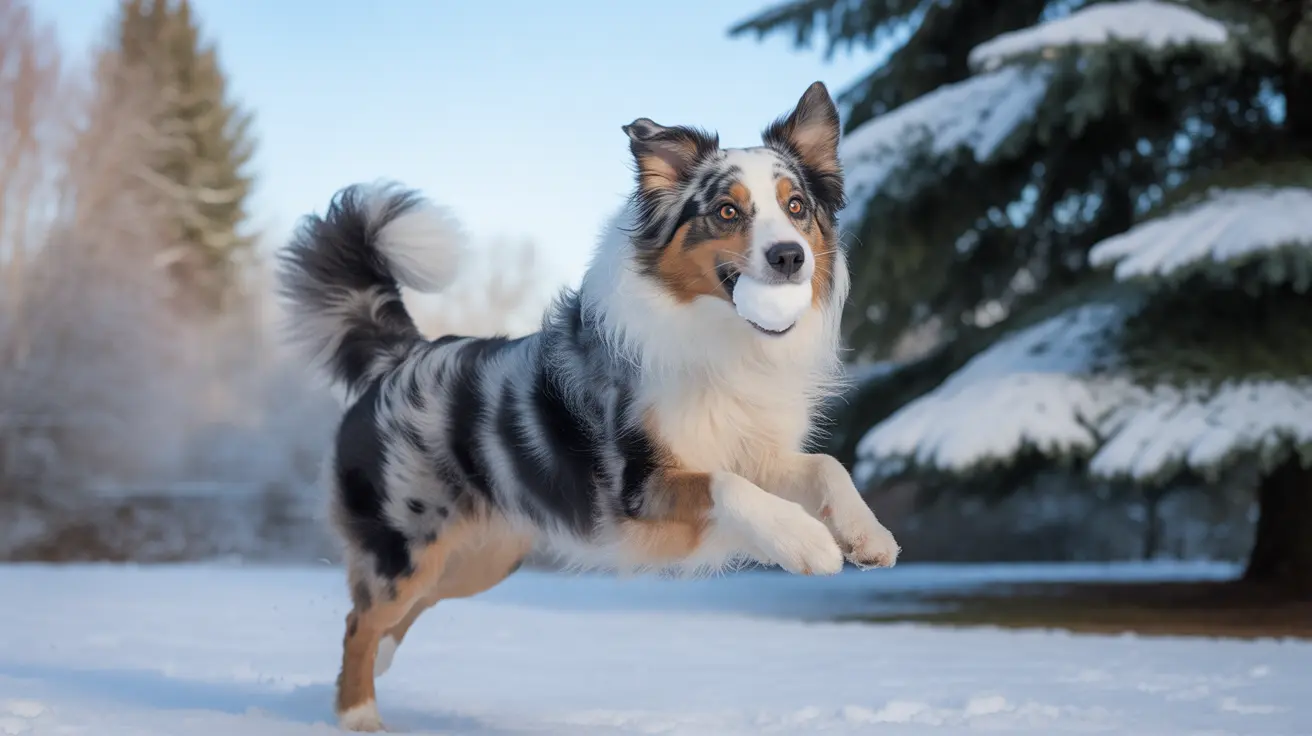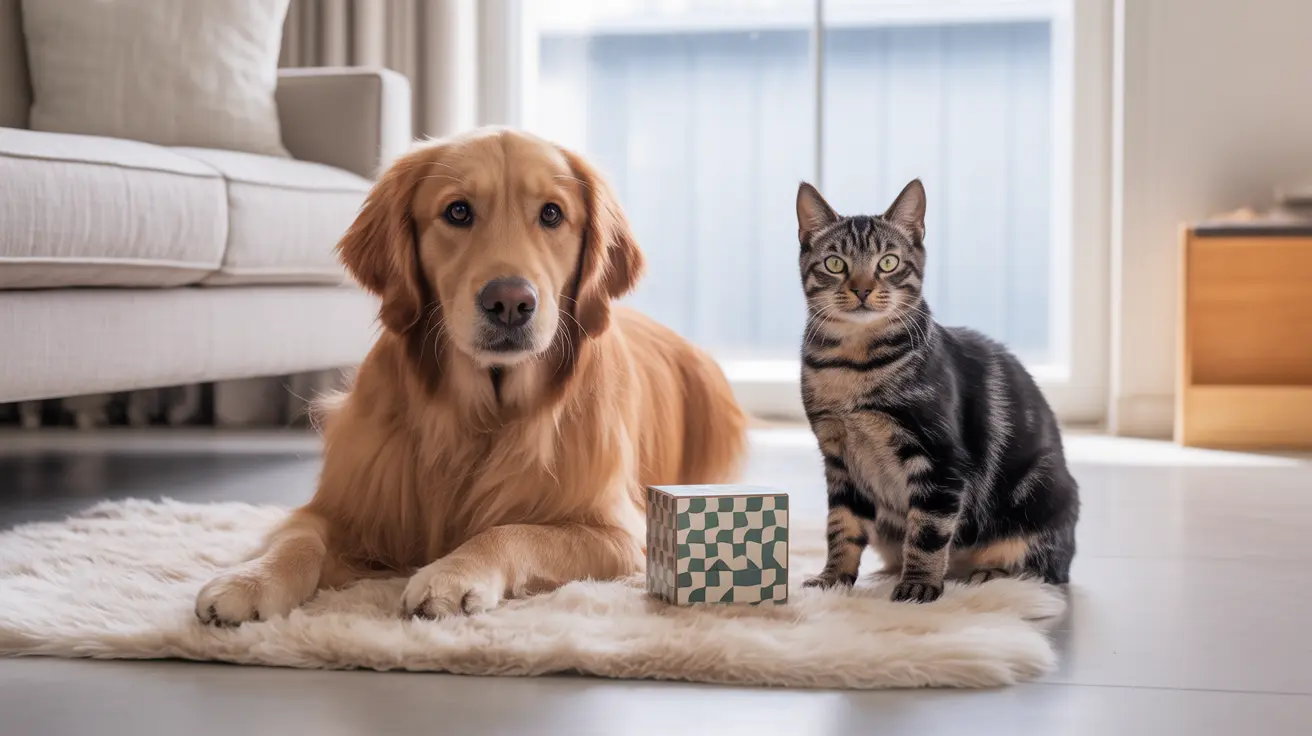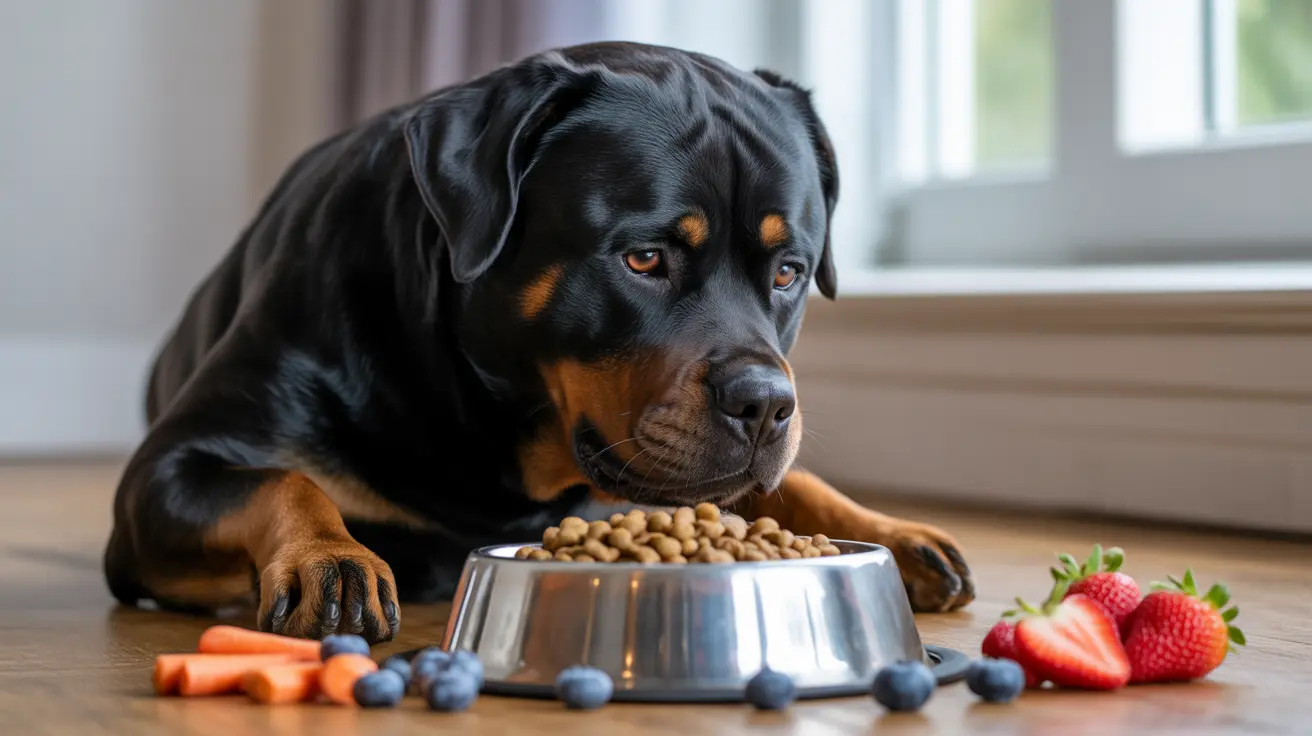Understanding Green Bean Toxicity in Dogs
Green beans are a popular and generally safe vegetable for dogs when served properly. However, when given in incorrect quantities or prepared with certain additives, they can potentially lead to health issues. This article explores the signs of green bean toxicity in dogs, best practices for feeding them safely, and when to consult a veterinarian.
Are Green Beans Safe for Dogs?
Plain green beans—whether raw, steamed, cooked, or frozen—are typically a healthy treat for dogs. With low calories and high fiber, they support weight management and offer nutrients such as:
- Vitamins A, B6, C, and K
- Antioxidants
- Minerals like iron, calcium, magnesium, potassium, and manganese
However, feeding green beans incorrectly can cause gastrointestinal distress or toxicity symptoms.
Warning Signs of Green Bean Overconsumption or Toxicity
Dogs consuming too many green beans, or beans prepared with harmful additives, may display the following symptoms:
- Vomiting
- Diarrhea
- Gas and bloating
- Stomach upset or discomfort
- Reluctance to eat or lethargy when symptoms persist
These signs may appear if too many beans are introduced too quickly, or if toxic ingredients like onions, garlic, butter, oil, salt, or cream are present.
Safe Preparation Matters
To ensure green beans are safely consumed by your dog, they must be served:
- Plain – Avoid spices and sauces
- Unsalted – Especially when using canned varieties
- Cut into small, dog-appropriate sizes
- Without stems or strings to avoid choking
Always rinse canned green beans thoroughly to reduce sodium, or choose no-salt-added options.
Portion Guidelines by Dog Size
- 2–10 pounds (extra-small dogs): 1 green bean daily
- 11–20 pounds (small dogs): 2 beans
- 21–50 pounds (medium dogs): 3 beans
- 51–90 pounds (large dogs): 4 beans
- 91+ pounds (extra-large dogs): 5 beans
Feeding more than this can overload your dog’s digestive system, especially with a sudden increase in fiber.
When to Call the Vet
If your dog experiences digestive issues after eating green beans that persist longer than 24 hours, or if symptoms are severe like prolonged vomiting and diarrhea, consult your veterinarian. Dogs with existing medical conditions may react differently and need tailored dietary guidance.
What to Avoid
Never feed your dog the following green bean-related items:
- Green bean casseroles – Often contain cream, butter, and onions
- Sautéed or seasoned beans – May include garlic or harmful spices
- Large, whole frozen green beans – Choking or blockage hazard
Conclusion
While green beans are a healthy, dog-safe treat when served plain and in moderation, overfeeding or adding toxic ingredients can lead to digestive problems. Monitor your pet's reaction when introducing green beans and consult a vet if you notice signs of gastrointestinal distress. Make green beans a part of a balanced diet—not a replacement for it—and tailor feeding amounts to your pet’s size and health needs.





